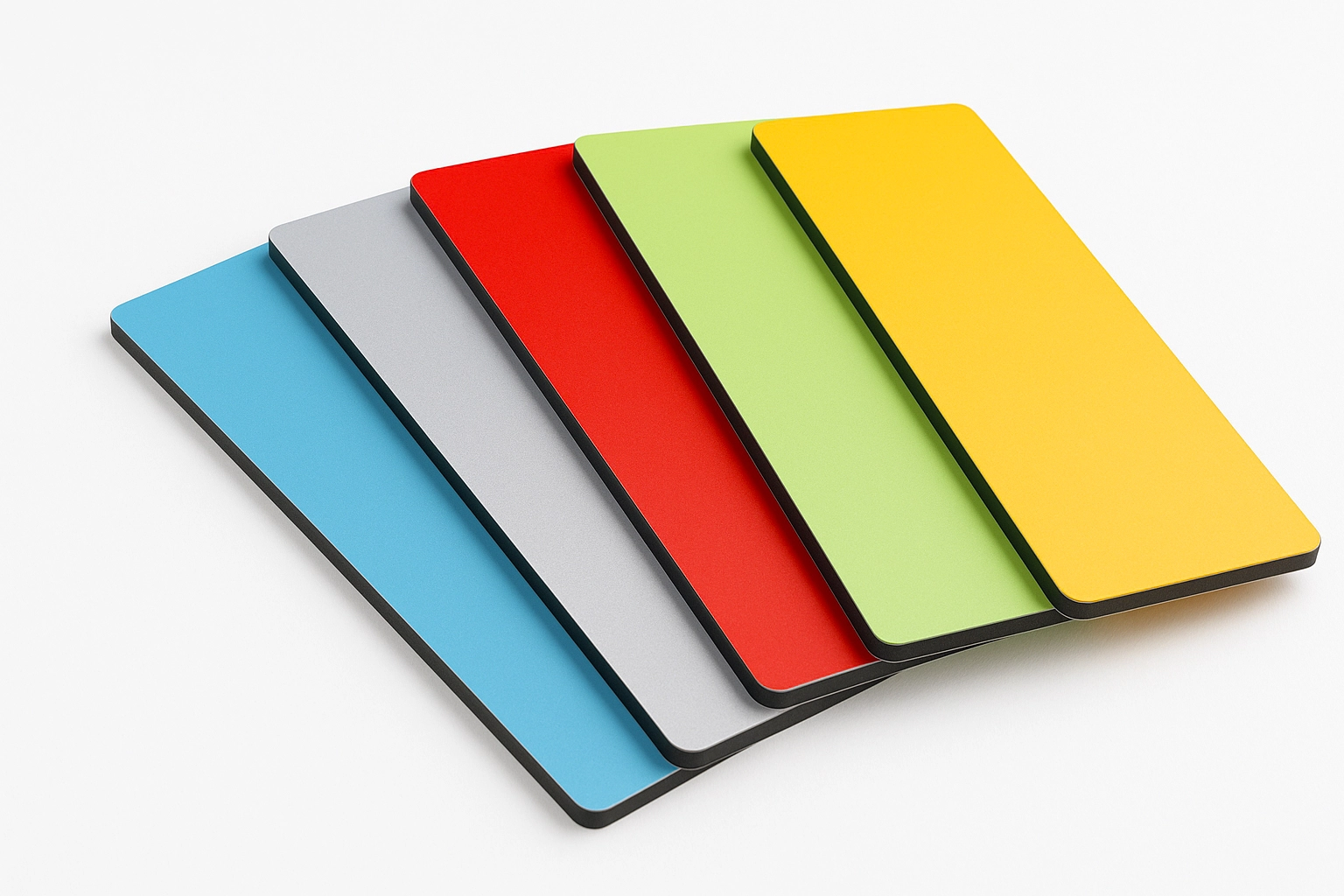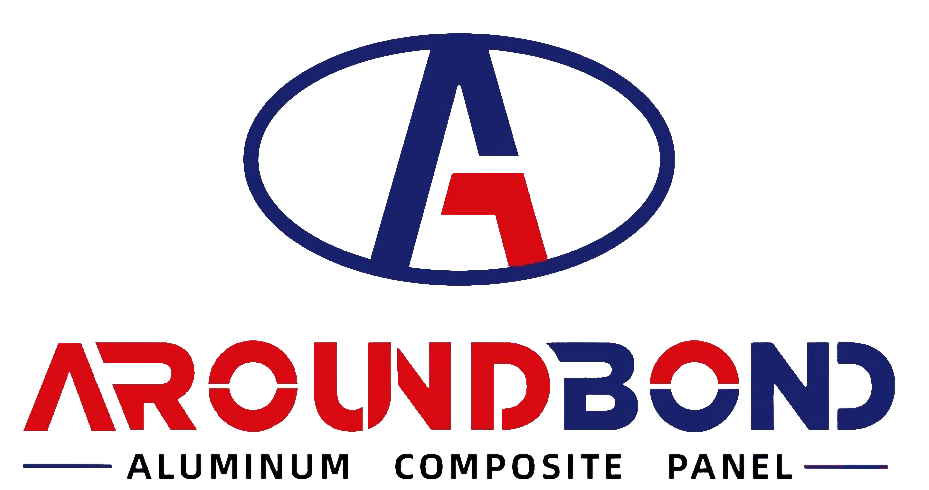Aluminum Composite Panels: A Modern Marvel for Interior Design
Aluminum Composite Panels: A Modern Marvel for Interior Design
Aluminum Composite Panels, or ACPs, have become a rockstar material in the world of architecture and design. While you might often see them cladding the outside of skyscrapers, these versatile panels are also making a huge splash in interior decoration. If you’re looking for a sleek, modern, and practical material to elevate your indoor spaces, ACPs might just be your new best friend.

Aluminum Composite Panels
What Exactly Are ACPs?
Before we dive into their interior magic, let’s break down what an ACP actually is. Imagine a sandwich: two thin slices of aluminum bread with a delicious core filling. In the case of ACPs, the “bread” is two thin sheets of aluminum, and the “filling” is a non-aluminum core material. This core is usually made of polyethylene (a type of plastic) or a mineral-filled fire-retardant material. These layers are bonded together under immense pressure and heat to create a single, incredibly strong, and lightweight panel.
This unique layered structure gives ACPs their superpowers. They’re much lighter than solid aluminum panels of the same thickness, yet they offer impressive rigidity and flatness. Plus, they come in a dazzling array of finishes and colors, which is where they really shine in interior design.
Why Are ACPs Great for Interiors?
So, why are designers and homeowners increasingly turning to ACPs for interior spaces? Let’s count the ways:
1. Aesthetic Appeal: A Feast for the Eyes
This is perhaps the biggest draw. ACPs are incredibly versatile when it comes to looks.
Vast Color Palette: Forget boring. ACPs are available in almost every color imaginable. From vibrant reds and cool blues to subtle grays and earthy browns, you can find a shade to match any design scheme. Many manufacturers also offer custom color matching, so if you have a specific hue in mind, it’s often achievable.
Realistic Textures: Want the look of wood without the maintenance? Or perhaps the industrial chic of concrete? ACPs can mimic these materials with surprising realism. They come in finishes that imitate wood grain, natural stone, brushed metals, and even abstract patterns. This allows you to achieve high-end aesthetics at a more accessible price point and without the challenges associated with natural materials (like warping or heavy installation).
Metallic Sheen: For a truly contemporary and sophisticated feel, metallic finish ACPs are unbeatable. Silver, gold, copper, and bronze tones add a luxurious shimmer to any space, reflecting light beautifully and making rooms feel brighter and more expansive.
High Gloss and Matte Options: Whether you prefer a mirror-like shine that bounces light around or a soft, understated matte finish, ACPs offer both. High-gloss panels create a sense of drama and modernity, while matte finishes provide a more subtle and elegant backdrop.
2. Durability and Longevity: Built to Last Indoors
While interior environments are less harsh than exteriors, durability is still key, especially in high-traffic areas.
Scratch Resistance: Many ACPs come with a protective coating that makes them highly resistant to scratches and abrasions. This is a major plus for walls, reception desks, and other surfaces that might see a lot of contact.
Impact Resistance: Thanks to their composite structure, ACPs can withstand impacts better than many traditional interior wall materials. This makes them ideal for commercial spaces like retail stores, offices, and hotels where bumps and knocks are common.
Moisture Resistance: Unlike wood or gypsum board, ACPs are inherently resistant to moisture. This makes them an excellent choice for bathrooms, kitchens, and other areas prone to humidity, where they won’t warp, swell, or develop mold.
UV Resistance (for some types): While less critical for interiors, some high-quality ACPs have UV-resistant coatings, meaning their colors won’t fade over time, even if exposed to sunlight through windows.
Termite and Pest Proof: Unlike wood, ACPs are not susceptible to termites or other pests, ensuring a longer lifespan and less maintenance.
3. Ease of Fabrication and Installation: A Designer’s Dream
One of the unsung heroes of ACPs is how easy they are to work with.
Lightweight: Being lighter than solid metal panels, they are easier to transport, lift, and install, reducing labor costs and time.
Easy to Cut and Form: ACPs can be easily cut, routed, bent, folded, and shaped using standard tools. This flexibility allows for intricate designs, curved walls, columns, and custom architectural features that would be difficult or impossible with other materials.
Flatness and Smoothness: ACPs are known for their exceptional flatness, which results in a smooth, seamless finish on walls and other surfaces. This gives a very clean and contemporary look.
Quick Installation: Large panels can cover significant areas quickly, speeding up project timelines, especially in commercial renovations. They can be directly fixed to existing structures or installed using a hidden fastening system for a cleaner look.
4. Low Maintenance and Hygiene: Keeping Things Pristine
In busy commercial spaces or even active homes, easy cleaning is a huge bonus.
Easy to Clean: The smooth, non-porous surface of ACPs makes them incredibly easy to wipe clean. A damp cloth is usually all it takes to remove dust, smudges, and most spills.
Hygienic: Their non-porous nature also means they don’t harbor bacteria or mold, making them a hygienic choice for healthcare facilities, kitchens, and food preparation areas.
Minimal Upkeep: Unlike painted walls that might need touch-ups or natural wood that requires sealing, ACPs generally require very little maintenance beyond simple cleaning.

Aluminum Composite Panels
5. Fire Safety: An Important Consideration
While the core of many standard ACPs is polyethylene (which is flammable), there are Fire-Retardant (FR) core ACPs specifically designed for enhanced fire safety. These panels contain mineral fillers in the core that significantly reduce flammability. For interior applications, especially in commercial buildings, always specify and use FR-grade ACPs to comply with building codes and ensure safety.
Popular Interior Applications of ACPs
Now that we know their benefits, let’s explore where ACPs are making a visual impact indoors:
Wall Cladding: This is perhaps the most common application. ACPs create seamless, modern feature walls in living rooms, bedrooms, offices, and retail spaces. They can be used to create bold accent walls or cover entire surfaces for a uniform, sophisticated look.
False Ceilings: Lightweight and easy to install, ACPs are excellent for creating suspended ceilings, especially in commercial spaces where a clean, finished look is desired. They can also hide electrical wiring and HVAC systems.
Partitions and Dividers: In open-plan offices or large retail areas, ACPs can be used to create sleek, modern partitions and room dividers. Their sound-dampening properties (especially with certain core types) can also contribute to a quieter environment.
Column Cladding: Wrapping existing columns with ACPs can instantly transform a drab structural element into a striking architectural feature. Metallic or high-gloss finishes are particularly effective here.
Modular Furniture and Cabinetry: Due to their ease of fabrication, ACPs are increasingly being used to create custom modular furniture, kitchen cabinets, bathroom vanities, and reception desks. Their durability and wide range of finishes make them a practical and stylish choice.
Retail Store Fixtures and Displays: The ability of ACPs to be easily cut and shaped makes them ideal for creating bespoke display units, shelving, and signage in retail environments. Their sleek appearance enhances product presentation.
Elevator Interiors: ACPs are a popular choice for elevator cabin interiors due to their durability, ease of cleaning, and ability to create a modern, high-end feel.
Signage and Branding Elements: Beyond large surfaces, ACPs are excellent for crafting indoor signs, logos, and intricate branding elements due to their precise cutting capabilities and wide range of colors.
Things to Consider When Choosing ACPs for Interiors
While ACPs offer numerous advantages, a few considerations will help you make the best choice:
Core Material: For interior applications, especially in public or commercial spaces, prioritize Fire-Retardant (FR) core ACPs. Always check local building codes and safety regulations.
Coating Type: The top coating determines the panel’s finish, color retention, and scratch resistance. For interior use, Polyester (PE) coatings are common and offer good durability and color stability. For areas with high light exposure or where superior longevity is desired, PVDF (Polyvinylidene Fluoride) coatings offer even better performance, though they might be pricier.
Thickness: ACPs come in various thicknesses (e.g., 3mm, 4mm, 6mm). For most interior applications, 3mm or 4mm is usually sufficient, offering a good balance of rigidity and weight. Thicker panels might be used for specific structural needs or larger unsupported spans.
Reputable Manufacturer: Always source ACPs from a reputable manufacturer. Quality can vary significantly between brands, affecting flatness, bonding strength, coating quality, and fire safety. Look for certifications and warranties.
Installation Expertise: While ACPs are relatively easy to work with, proper installation is crucial for a flawless finish. Hire experienced installers who are familiar with ACP fabrication and fixing methods to avoid issues like warping or improper alignment.
Edge Finishing: How the edges are finished can significantly impact the overall aesthetic. Options include clean cuts, routed edges, or edge banding, depending on the desired look and application.


